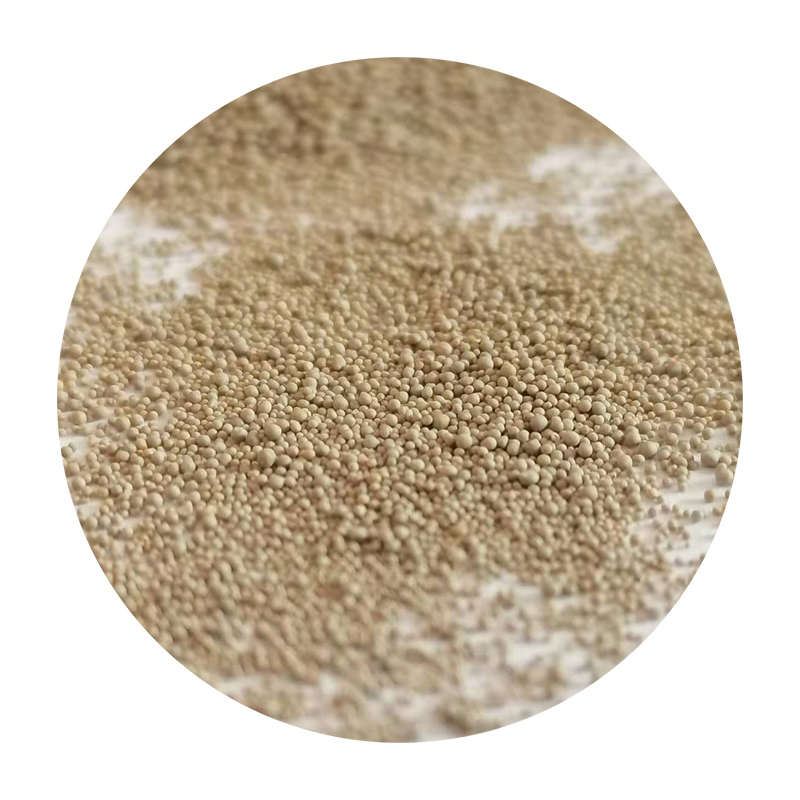The Importance of Coated Sand in Construction and Industrial Applications
In the realm of construction and industrial applications, coated sand has emerged as a pivotal material that enhances the performance and durability of various products. Coated sand refers to sand particles that have been coated with specific materials, often polymers or resin, which impart unique properties that make them suitable for a range of applications. This article explores the significance of coated sand, its manufacturing process, benefits, and its diverse applications.
Manufacturing Process
The production of coated sand involves several steps to ensure that the sand particles are uniformly coated with the desired material. The process begins with the selection of high-quality silica sand, which is essential for achieving optimal results. The sand is then cleaned to remove impurities, ensuring a consistent surface for coating. After cleaning, the sand is mixed with a resin or polymer solution, often heated, to facilitate better adhesion. This mixture is then dried, allowing the coating to form a durable bond with the sand particles. The result is a product that possesses enhanced physical properties compared to uncoated sand.
Benefits of Coated Sand
One of the primary advantages of coated sand is its ability to improve the mechanical properties of concrete and other construction materials. The coating acts as a binding agent, allowing for better particle cohesion, which translates to increased strength and durability in construction applications. Coated sand also exhibits superior resistance to moisture absorption, preventing issues such as efflorescence and degradation of building materials over time.
Another significant benefit of coated sand is its enhanced thermal and acoustic insulation properties. In the construction of buildings, using coated sand can lead to improved energy efficiency by reducing heat transfer, thereby minimizing heating and cooling costs. Additionally, the acoustic properties of coated sand can help in sound insulation, making it an excellent choice for residential and commercial buildings located in noisy environments.
Applications of Coated Sand
coated sand

Coated sand is predominantly used in the precast and ready-mix concrete industries. Its unique properties enable the production of high-performance concrete that can withstand varied environmental conditions. This is particularly important in the construction of bridges, roads, and other infrastructure that must endure significant stress and exposure to the elements.
In addition to concrete production, coated sand is widely used in the manufacturing of sand cores for casting applications. The automotive industry, for example, relies on coated sand cores to create complex shapes and designs in metal casting processes. The superior surface finish obtained through coated sand results in higher quality castings with fewer defects, ultimately leading to reduced production costs.
Moreover, coated sand has found its way into the field of recreational construction, such as the development of sports fields and playgrounds. Coated sand can be engineered to provide optimal performance in these applications, ensuring safety and durability for users.
Environmental Considerations
The production and usage of coated sand also bring environmental benefits. By enhancing the lifespan of construction materials, coated sand contributes to sustainability efforts in the construction industry. Longer-lasting materials mean less frequent replacements and repairs, which in turn reduces the consumption of resources and the generation of waste.
Furthermore, advancements in coating technologies aim to utilize eco-friendly resins and polymers, thus minimizing the environmental impact of coated sand production. By prioritizing sustainability, the construction industry can progress towards greener practices while benefiting from the enhanced capabilities of coated sand.
Conclusion
Coated sand plays an integral role in various construction and industrial applications, providing significant improvements in performance, durability, and sustainability. Its unique properties make it an indispensable material in modern construction practices, and continued advancements in coating technology promise to expand its applications even further. As the industry moves towards more sustainable solutions, coated sand stands out as a material that not only meets the functional demands of construction but also aligns with environmental goals. The ongoing evolution and adoption of coated sand will undoubtedly shape the future of construction and industrial manufacturing for years to come.
Post time:ное. . 25, 2024 03:01
Next:Exploring the Innovations of Sand-Based 3D Printing Techniques and Applications
